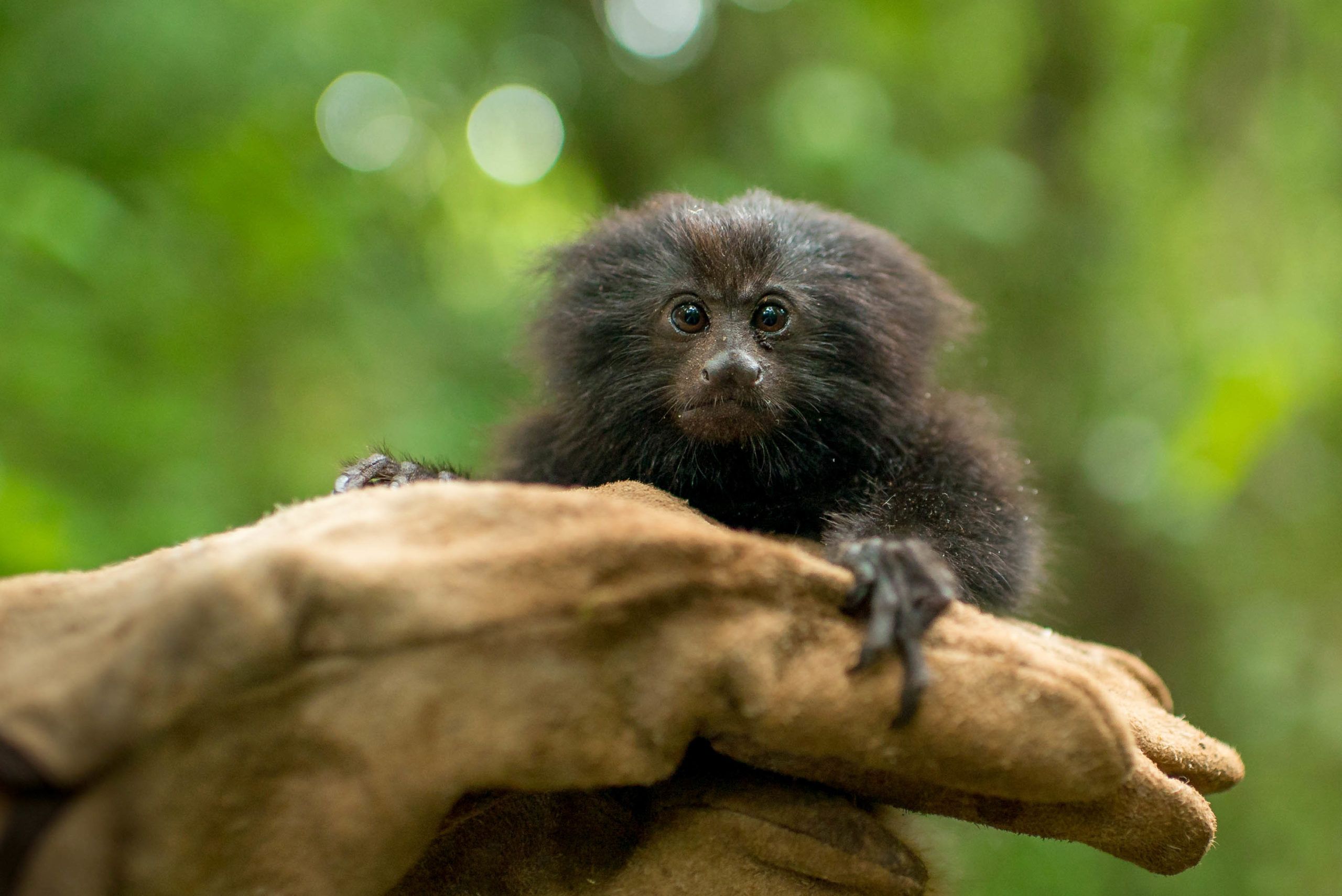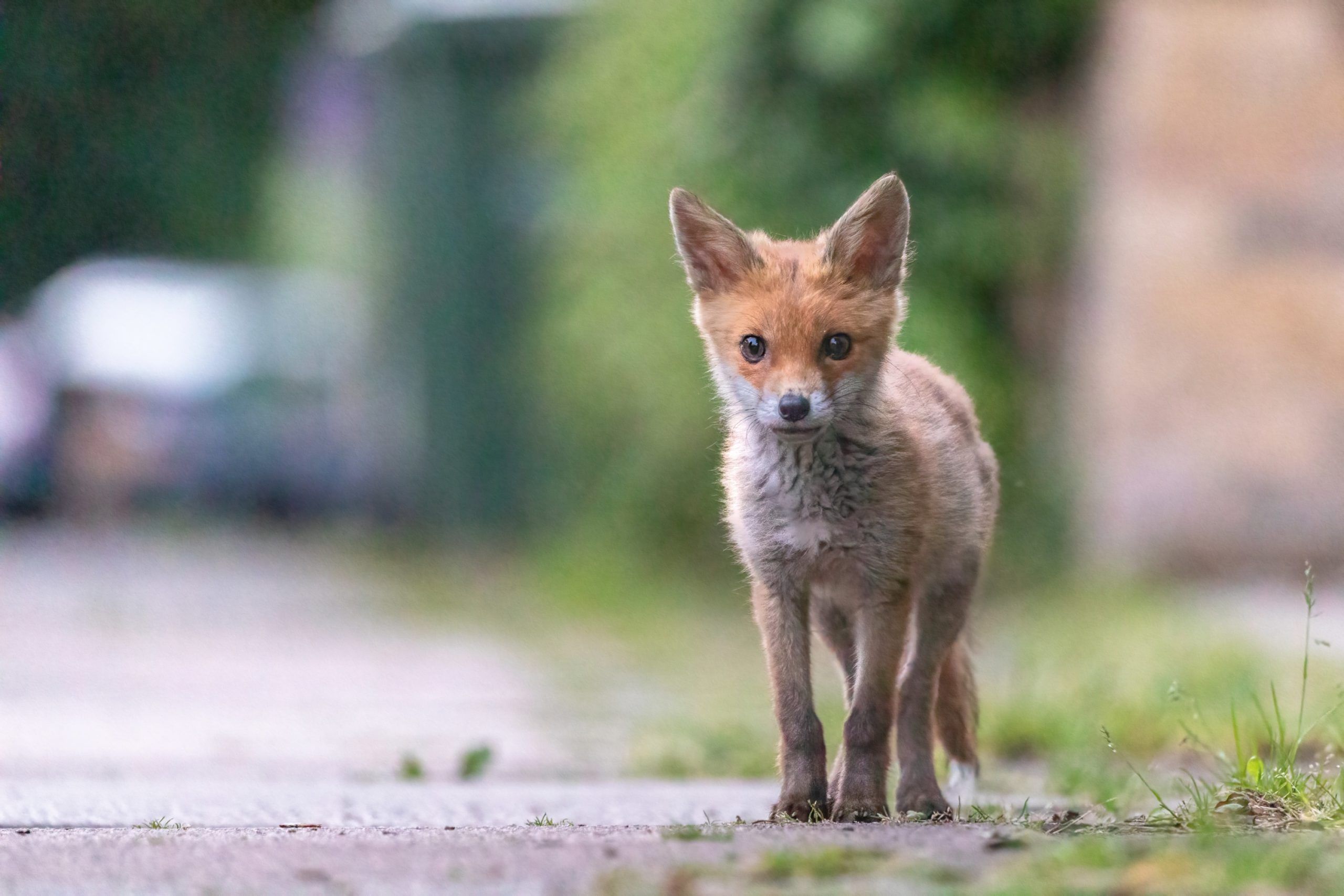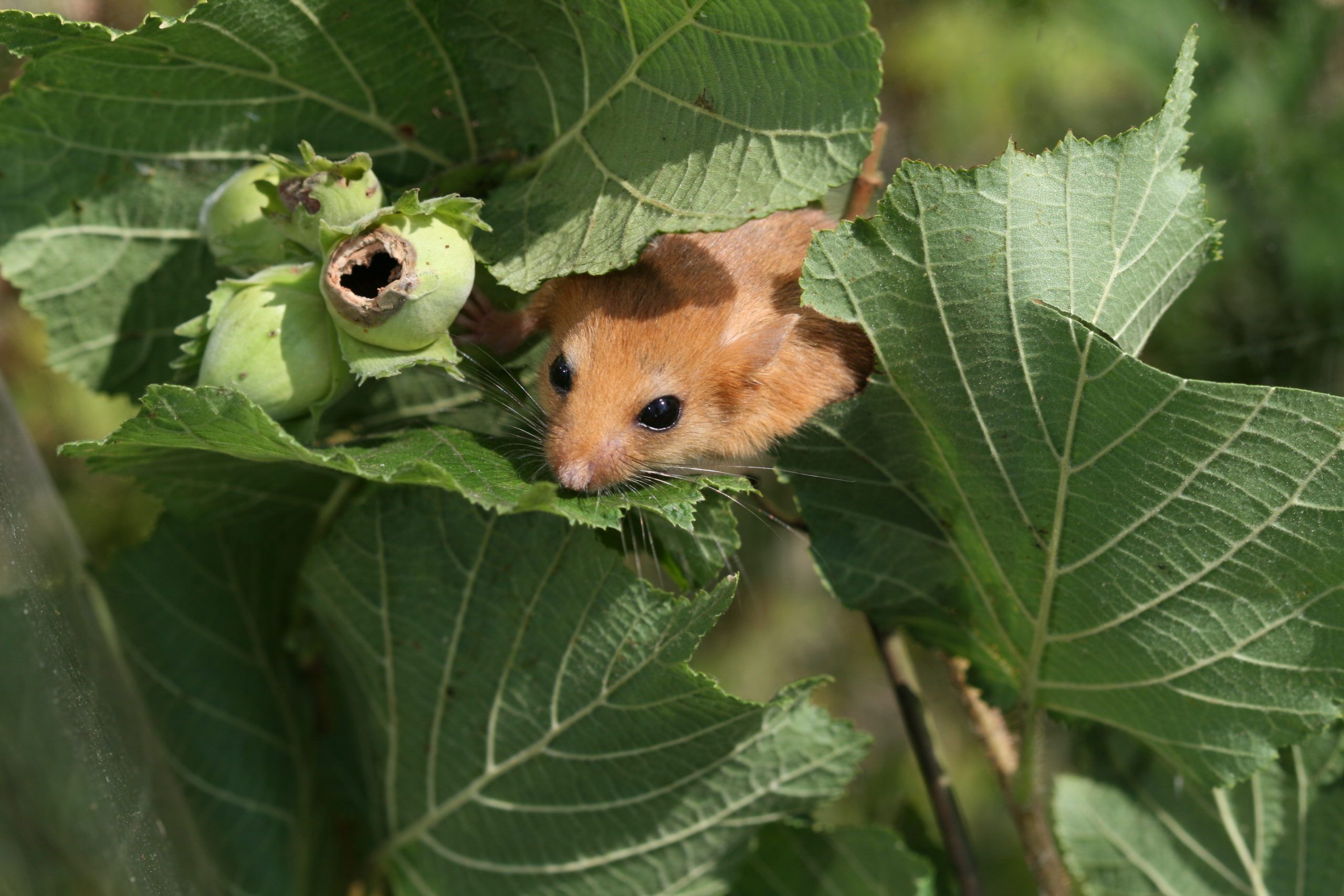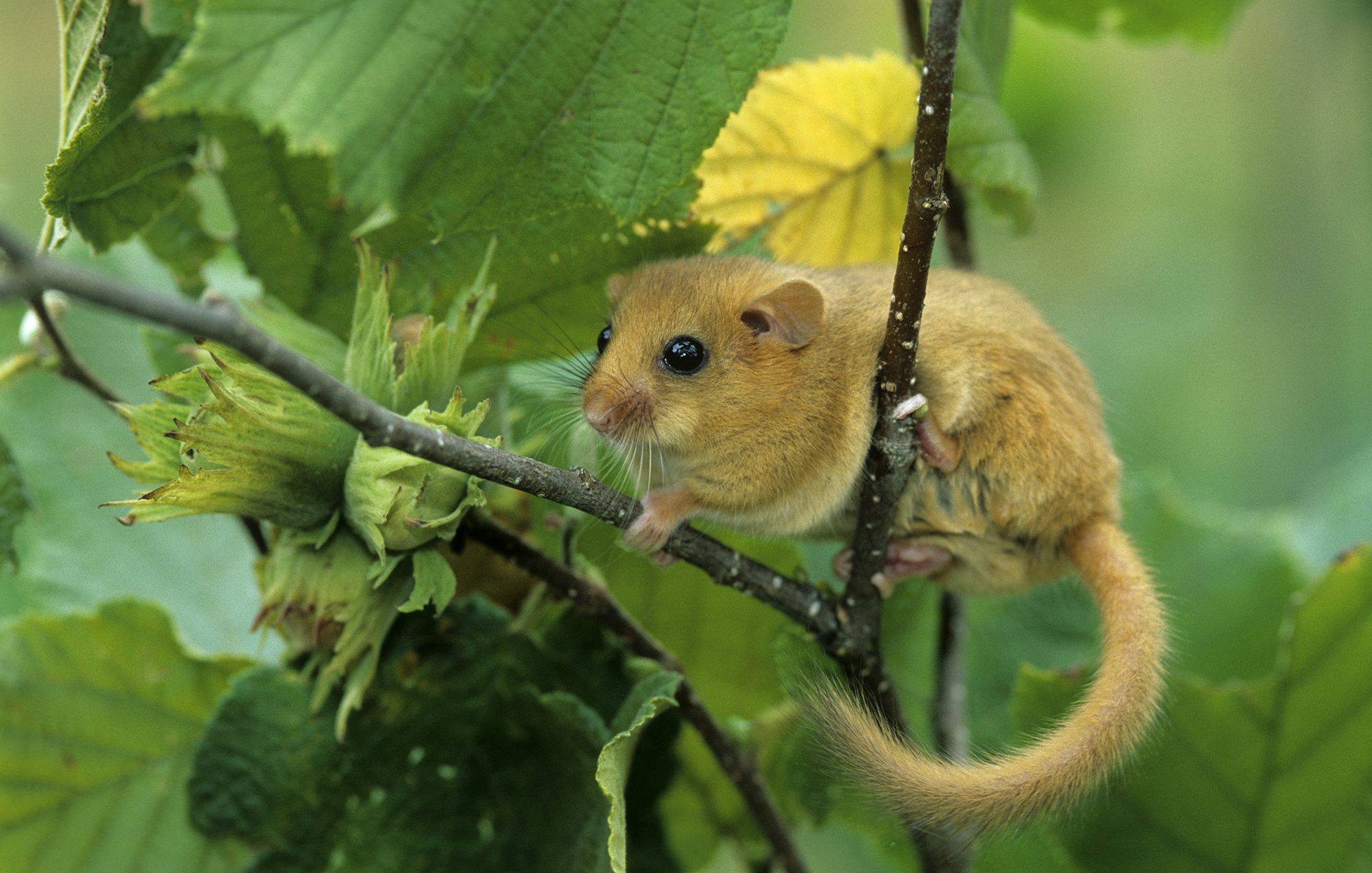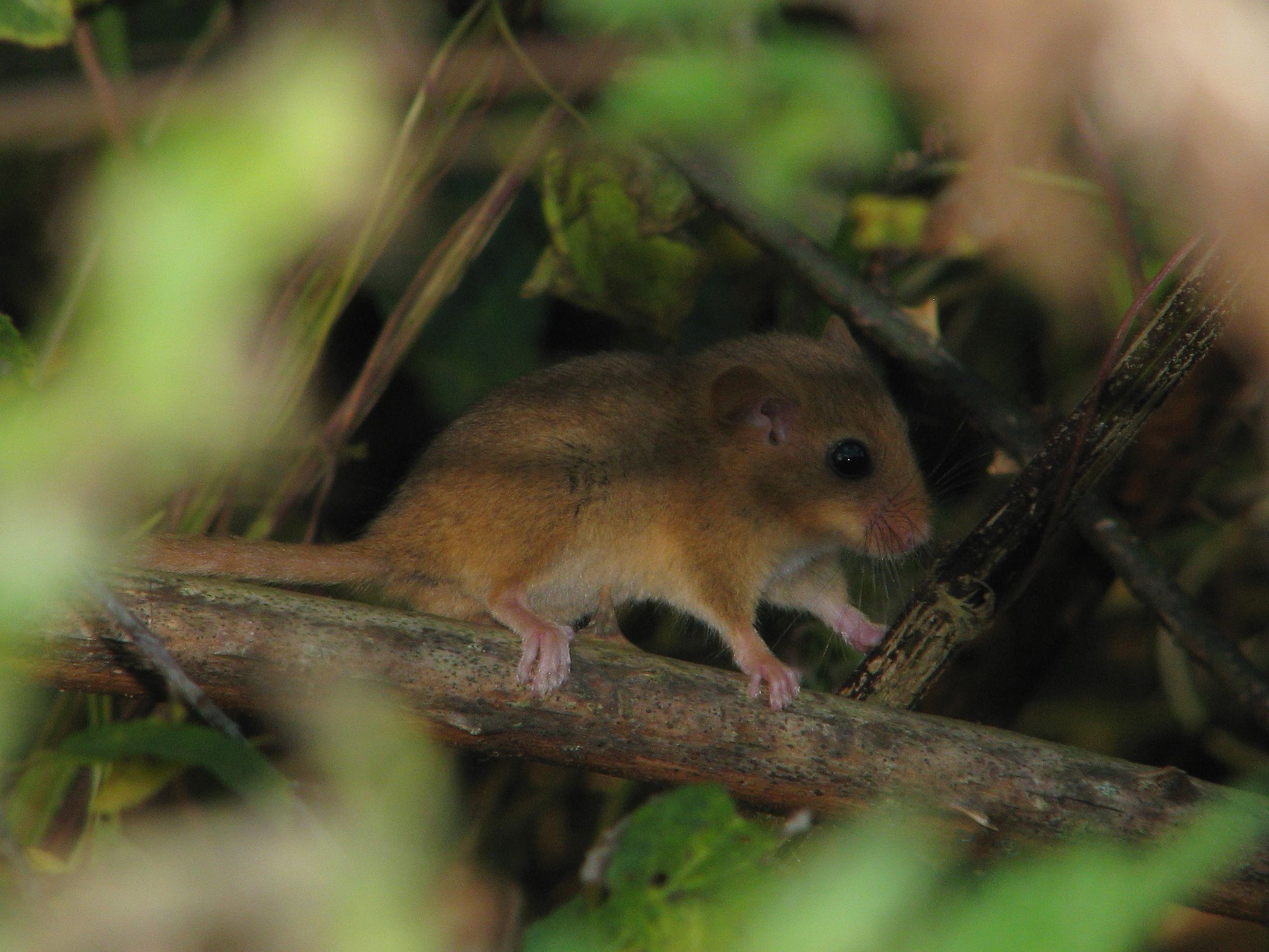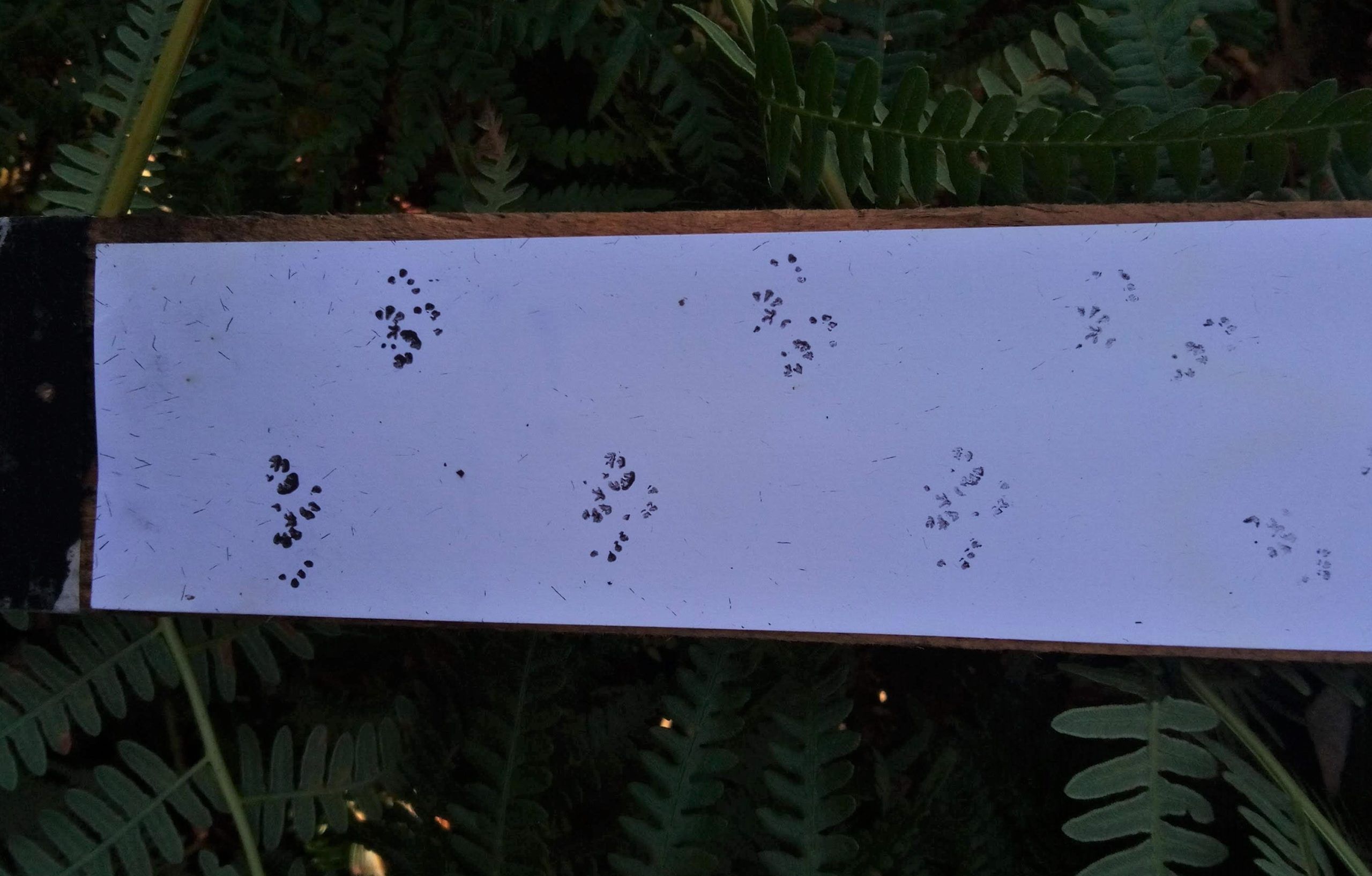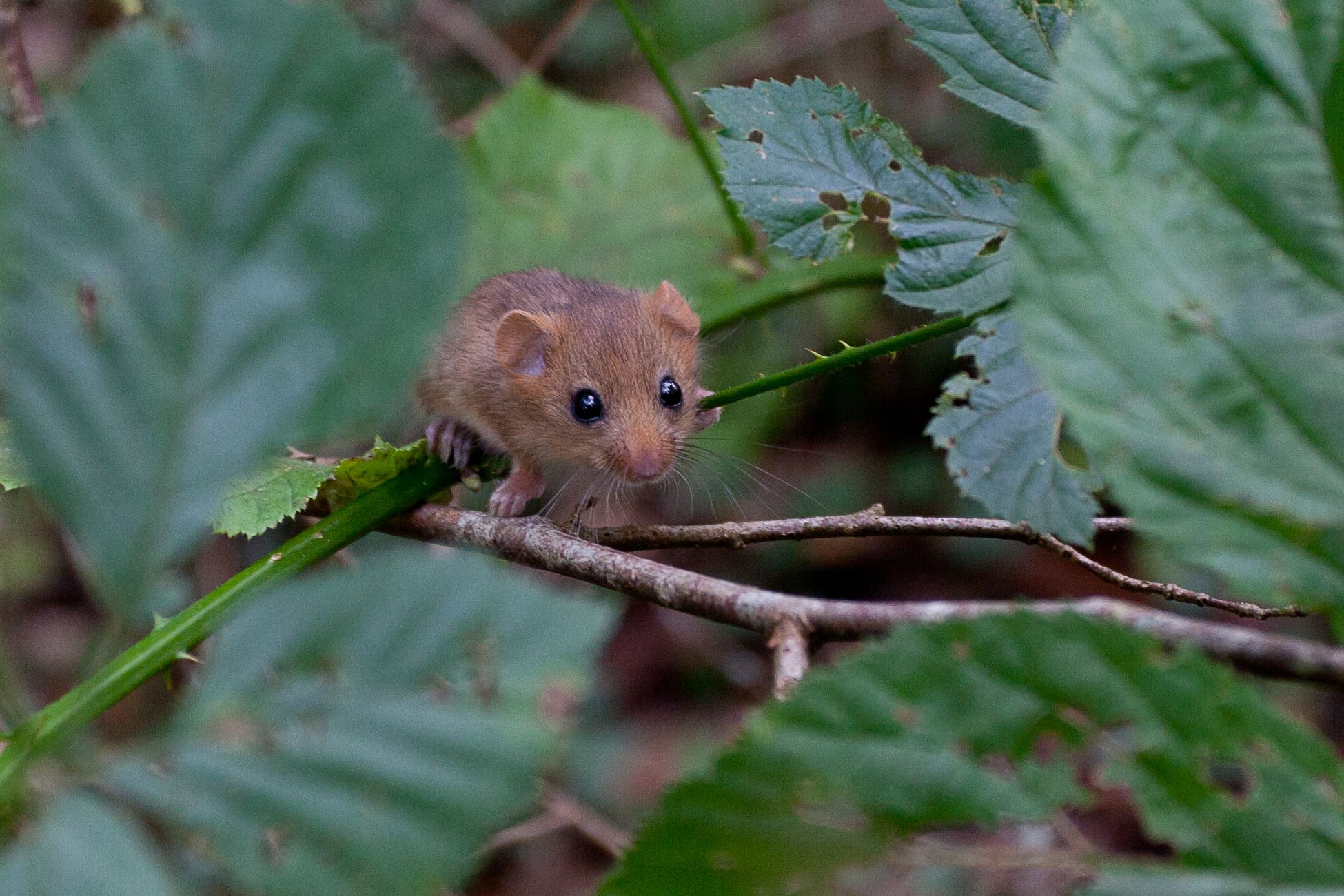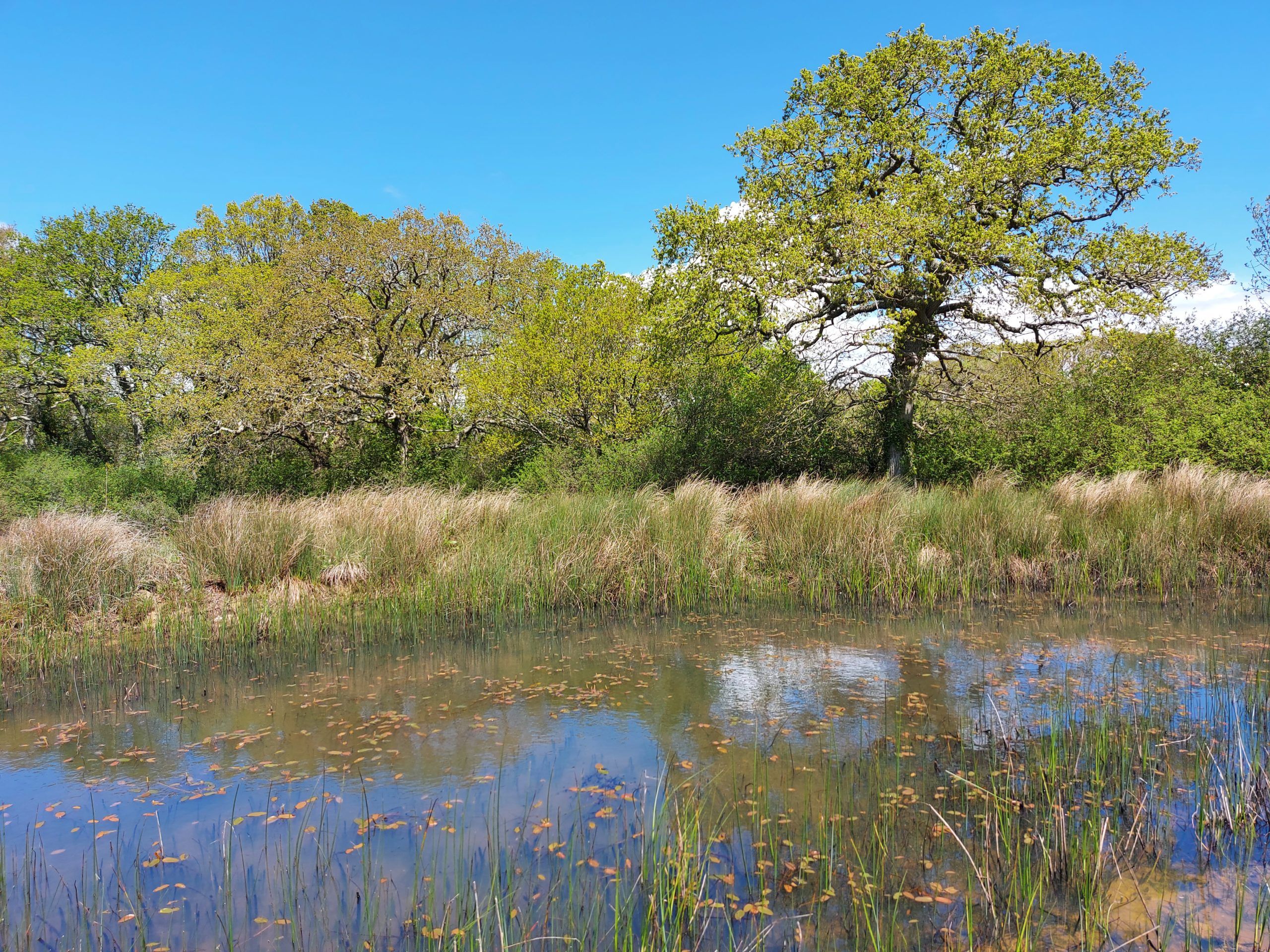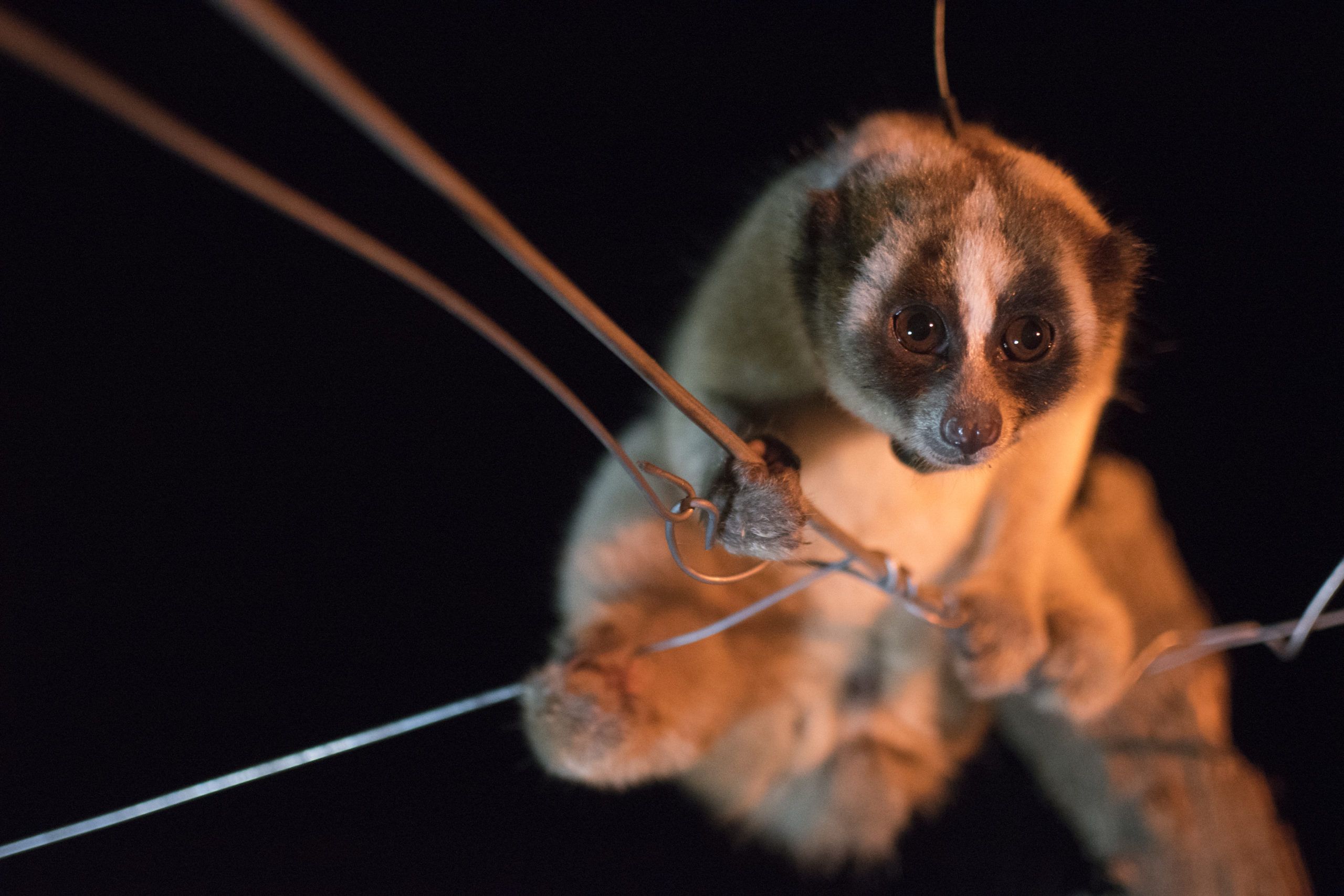News
Search by topic
The Rt Hon. Boris Johnson MP10 Downing StreetLondonSW1A 2AA 27 October 2021 Dear Prime Minister Donors call for greater commitments for locally-led nature conservation to reverse biodiversity loss, mitigate climate change, and increase human wellbeing Restoring our relationship with the natural world is critical for humanity’s future. The …
Read article...In the first half of this two-part blog on photographing urban mammals, we looked at the technical aspects of photography and how to use camera settings, composition and light to your advantage. This second half focuses on the animal itself and what you need to think about when planning a shot. Read part one here. …
Read article...We are blessed with a huge array of mammals in the UK, from small rodents and bats to large badgers and deer and many of these can be found in urban environments. During the travel restrictions of the last year and a half I’ve explored my local area more and I have been surprised and …
Read article...Windsor Safari Park Hazel dormice have always been secretive creatures. Not much was known about them until Dr Pat Morris and Dr Paul Bright began studying the species in the wild to learn more about their habits. It quickly became clear that the species wasn’t doing well. As part of wider conservation plans, a new …
Read article...The woodland home Hazel dormice are well-known for their sleepy habits and are always on the look out for somewhere to snooze. We put wooden nest boxes in woodlands where they live which provides extra places for them to take a nap, as well as a useful way for us to count them regularly and …
Read article...Last summer we put out our Fingle Woods CCTV wildlife camera kits once again, to learn more about our hazel dormice. Last time we set them up, in 2018, we detected some fascinating behaviour that wouldn’t have been possible to observe using standard nest monitoring methods. We saw dormice spend time grooming their coats and …
Read article...Negative records are important Finding hazel dormice isn’t easy. And it’s even more difficult to prove that they’re absent from a particular patch. But dormice are protected in law. So, when new houses are built or roads expanded, the developers must ensure that any hedges, shrubby habitat or woodlands that are likely to be disturbed …
Read article...David Talbot describes his experience volunteering this summer with the Back On Our Map (BOOM), Natural England and Morecambe Bay Partnership (MBP) during the landmark release of the 1000th hazel dormouse in Britain, as part of PTES’ National Dormouse Reintroduction Programme. Getting involved in citizen science My experience as a volunteer started pre Covid-19 in …
Read article...Our nature reserve on the Isle of Wight, Briddlesford Woods, is an ancient woodland which has a rich array of woodland flora and rare invertebrates, but is best known for its unique assemblage of mammals. It provides a home for red squirrels, 9 bat species and hazel dormice. This means we have to balance the …
Read article...Supporter Kenneth Phipps sheds light on some of Britain’s smallest and often overlooked mammals. The British mainland has three species of shrew, common, pygmy, and water shrew, and all of these little insectivores have intriguing lifestyles. Shrinking shrews Common, pygmy and water shrews undergo a sudden reduction in body weight during winter. This isn’t due …
Read article...In Western Java our Conservation Partner, Anna Nekaris, has been learning more about slow lorises. Slow lorises are one of the few mammals around the world that have a toxic bite. Other venomous species include solenodons: long-snouted, golden, burrowing creatures and water shrews: tiny, dark divers. Studying play Many young animals learn life skills through …
Read article...Guest author, Anna Shaw, looks at the importance of insects in the diets of mammals, and what we can do to stock up our garden larder. Insects make up a lesser or greater part of the diets of many British mammals. Badgers, hedgehogs, shrews and some voles and mice, for example, consume insects as part …
Read article...Press and media
For all media enquiries please contact Jane Bevan or Adela Cragg at Firebird Public Relations on 01235 835297 or email ac@firebirdpr.co.uk.

